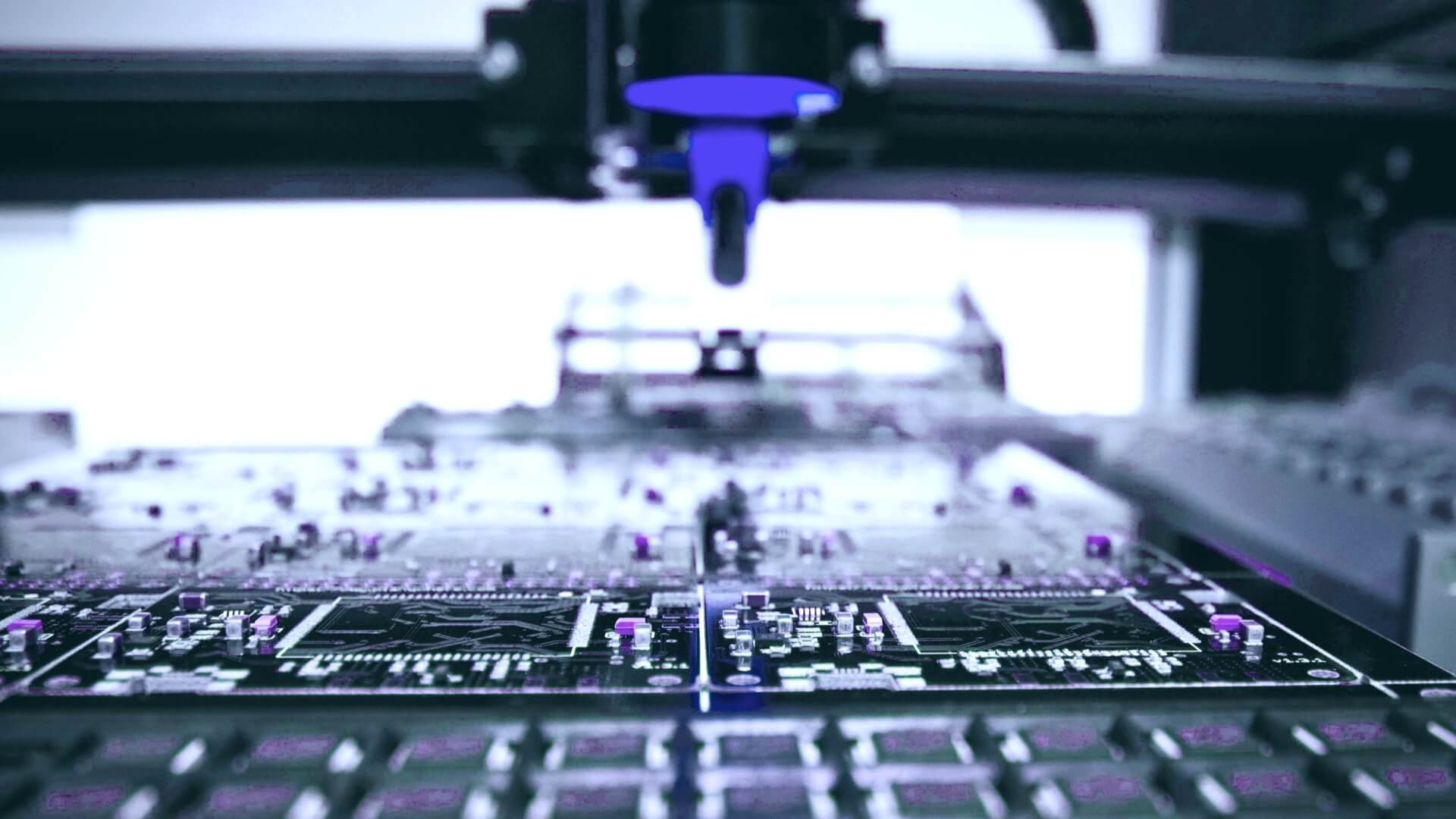ROBOTIC PROCESS AUTOMATION
The traditional methods of controlling and supporting corporate processes are changing. The old back-office Support system is being demolished to make way for a new model made feasible by the introduction of disruptive technologies and artificial intelligence, which promise to offer speed, convenience, and considerable cost efficiency. Back-office operations are being converted into future-ready business support centres with proven benefits in efficiency and productivity while reducing process complexity, thanks to breakthrough technology and amazing developments in robotics.
"RPA is a relatively new technology that enables businesses to successfully delegate boring jobs from humans to bots. These computer programs mimic user operations such as opening files, moving folders, transferring information, and so on, and do so with fewer risks, more efficiency, and cheaper costs."
"Recent improvements in screen scraping technology and AI breakthroughs have resulted in significant market growth. Many individuals believe that RPA will be the next big thing in business-to-business. It is critical for every successful organization to effectively and efficiently harness the potential of its people, processes, and technology."
The need for a faster turnaround
Time has always been valuable, and it is much more so now. In a highly competitive and fast-paced business climate, companies want immediate and real-time assistance. That requires a transformation of the back-office support infrastructure. However, although the transition is desirable, it must be quick. Organizations have limited patience for changes that take a long time to manifest, even if they promise measurable benefits.
Time has always been at a premium and more so now. In a highly competitive and fast-paced business environment, enterprises want quick and real-time support.


Moving towards Artificial intelligence
The latest generation of processing centers has shown considerable productivity gains while reducing processes. As a result, an increasing number of enterprises are transforming their operations architecture.
Traditional automation systems are unable to access the vast bulk of organisational data. New cognitive/AI advances are on the verge of upending the existing quo. There are around 20% visible structured data, while the remaining 80% is semi-structured or unstructured data. This secret data includes invoices, purchase orders, joint ventures, financial comments, legal documents, communications, and so on.
RPA also enforces BPR, allowing businesses to eliminate unnecessary processes and assisting in the elimination of NVA.